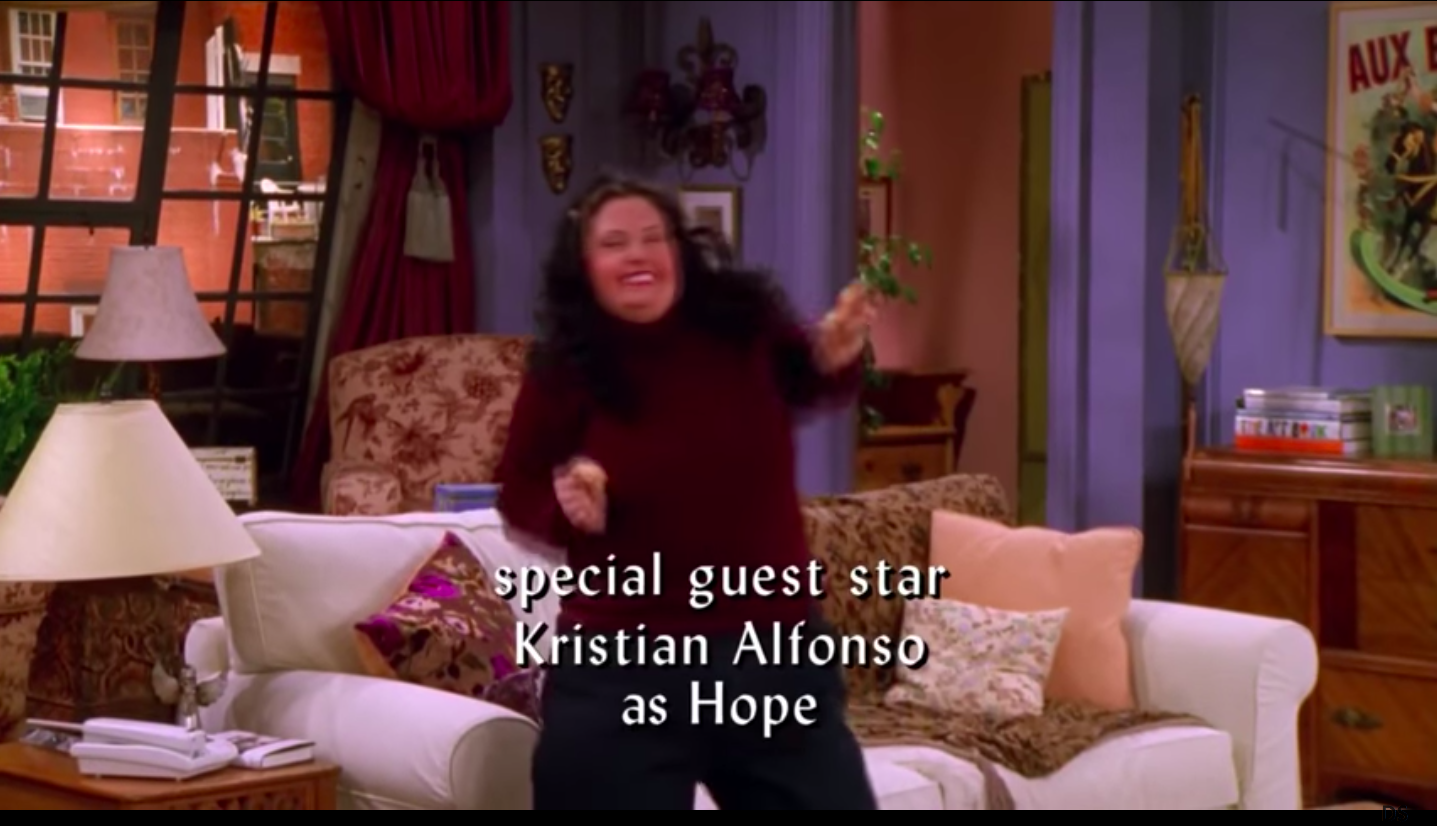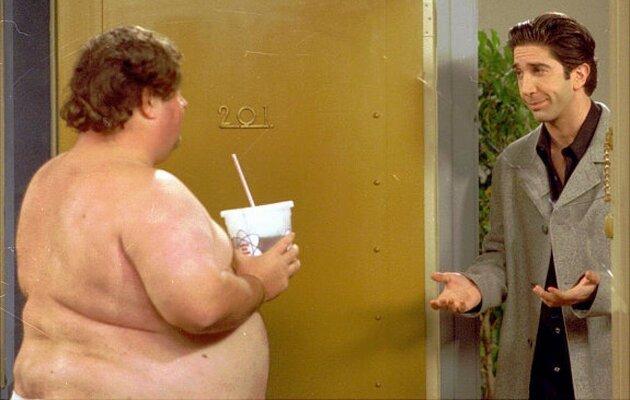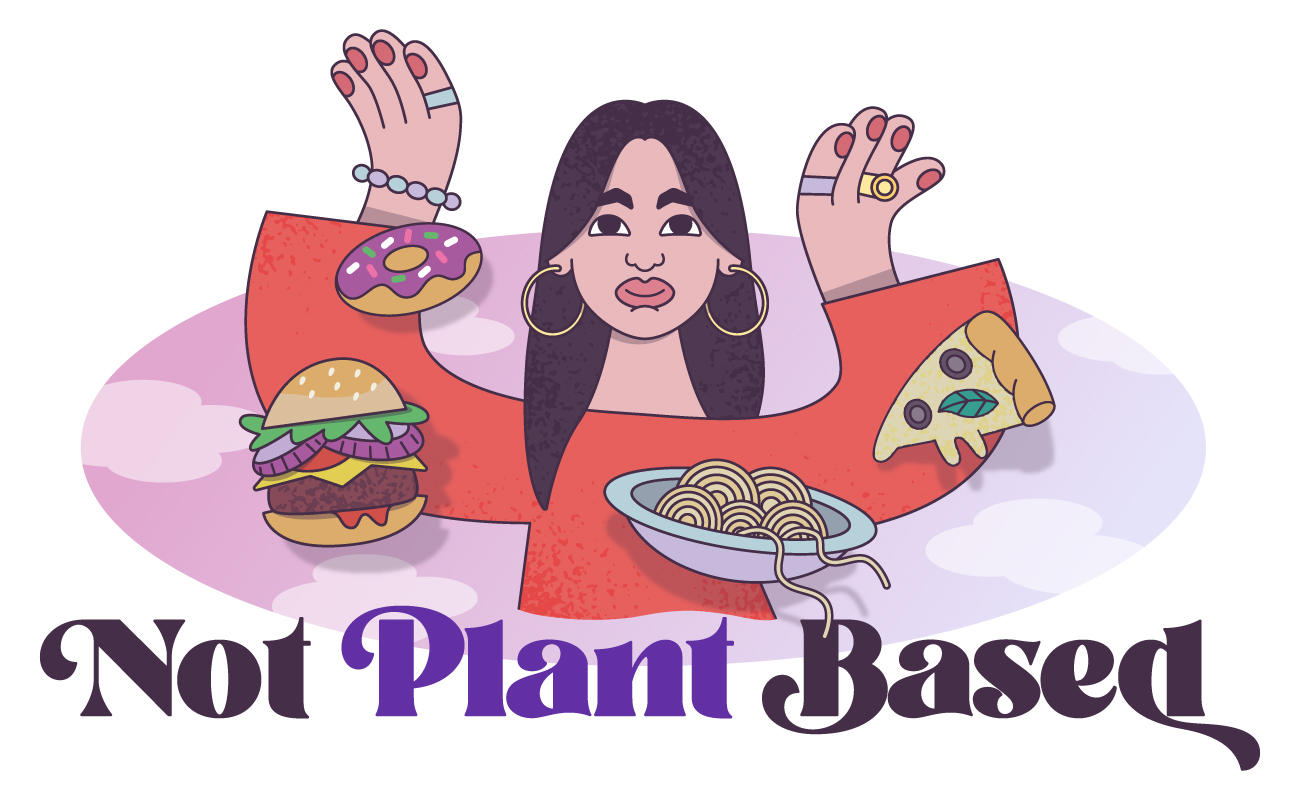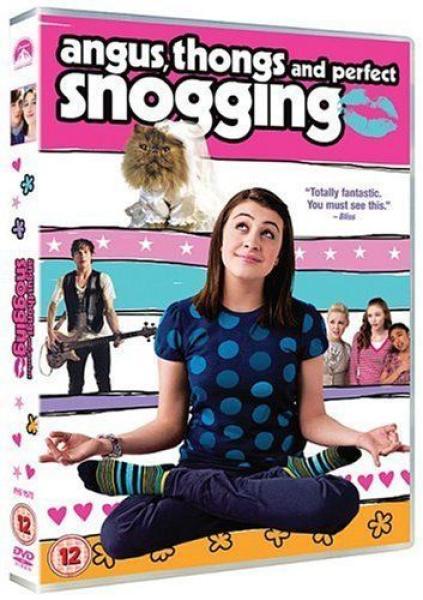
I just spent the past week devouring re-fun after re-run of Friends. Partly because the Netflix options in my Italian air b&b were severely limited, but also because I just bloody love it. Like so many millennials who grew up on the E4 repeats, I am borderline obsessed. Sometimes my internal voice speaks only in Friends scripts and I long for the day I meet an actual human called Chandler (if anyone knows one, help a girl out).
But just as I tout it as a cultural axle, I simultaneously curse it. From teaching me what a diaphragm was (the non-body part meaning), to installing a deep fear of spray tan boothes, friends is in many ways responsible for most of my conclusions about life. For instance: if the fridge breaks, one must consume the entire contents; lifting weights = hernia and older men are only hot if they have a moustache. But with these gems came something less helpful; the good old thin ideal. Now, as a person who fights body facism in her sleep, watching Friends was oddly guilt-provoking. I chuckled one minute and recoiled, lambasting myself for enjoying such a fat-phobic show, the next. Whether it’s shoving a skeletal actress in a fat suit for some cheap laughs, or deeming a character too fat and ugly to deserve an actual name, larger bodies are fair game for ridicule, attack and abuse. Then I thought about all the other shows and films I relied upon for my construction of reality.
Sadly, it’s not much different. No wonder I arrived at the conclusion that being fat was a curse worse than cancer. Whilst popular culture’s view of the LGBTQ community and ethnic minorities became more progressive, its depiction of fat people remains stagnant. To this day, the characterisation of fat (if larger bodies even make the cut) is one-dimensional, derogatory and ridiculous. Even the Fab Five have been guilty of diet-splaining ‘healthier choices’ to the token pathetic, fat man. Don’t get me wrong; Queer Eye is one of my most precious pleasures. The point is, this stuff is so ingrained that even the wokest of the woke don’t notice its body facist toxins seeping into a script. Allow me to explain with some other, concrete examples:
FRIENDS & FAT MONICA
Viewers of the 90s hit show will be familiar with the sporadic appearance of plus-sized Courtney Cox performing one of two actions; eating or dancing to 80s disco music. Oh, or being romantically rejected by a thin, white man. Because that’s all that there is to fat people, apparently. Also Joey, a twenty-something man, is the only cast member to have a notable appetite. Apparently liking sandwiches and pizza is a defining characteristic. The three women, on the other hand, are rarely featured eating. Unless Monica is fat, of course.
 NBC/Universal
NBC/Universal
ANGUS THONGS FULL FRONTAL SNOGGING
It was only recently, when watching the film for the fifty-millionth time, that I realised my beloved teenage novel series probably didn’t do wonders for my (already flailing) body confidence. The protagonist, Georgia, is a geeky, slightly pathetic 14 year-old whose boyfriend struggles form the punchline of the lion share of the book’s jokes. She is dorky and pathetic so, of course, she must also be chubby, a bit ugly and interested in losing weight. Then came the film. Millions of jittery teenage girls, veins bursting with estrogen, eagerly anticipated the sight of Georgia being brought to life. BUT SHE WASN’T FAT IN THE SLIGHTEST!!!!! Real-life Georgia, although described as chubby and unattractive, was in fact an above average-looking, sized 10, straight-haired girl with a rack I could only ever have dreamed of. I remember thinking, ‘oh, so even *that* is fat.’. Thanks film people.
EXTRAS: THE ONE WITH DAVID BOWIE
Or any episode, for that matter. Despite Gervais’ commendable commitment to poking fun at those who discriminate against various minorities throughout both series, body shaming is a-okay, it seems. The late, great David Bowie singing the words: ‘pathetic, little fat man….see his pug-nosed face’ is a particular low. Also Ricky, it doesn’t make it better if the fat person you’re laughing at is yourself. It teaches us young, vulnerable minds that fat = disgusting/stupid/pathetic.
BRIDESMAIDS
Okay yes Tina Fey is a comedic genius and Melissa McCarthy is also brilliant (especially when she’s shitting in the sink) but closer inspection has brought me to one pressing question. Why is the most ridiculous character (who shits in the sink) also ‘the fat one’? The inference being a thin person would never sexually harass a plane passenger, physically assault a friend be eternally single, er, poo in the sink. Although I guess a thin person did poo on the street, in a wedding dress, so our Tina wins a point or two back.

SEX AND THE CITY: SERIES FIVE – CHARLOTTE MEETS HARRY
When sweeter-than-pie Charlotte York first falls for clever, handsome lawyer Harry Goldenblatt, her initial take-home message is not one of butterflies and longing but one of guilt and shame. How could such a brazen beauty possibly find a man with a waist circumference slightly larger than her impotent ex husband’s attractive? She has doubts because as well as being successful, intelligent, good at sex and kind, he is a bit fat and ‘sweaty’. And bald. But mainly, he is fat. He eats bagels too. The prick. In short: Don’t beat yourself up for your subconscious weight bias. Us 90s kids didn’t have much of a chance, really. Feel free to tweet me other examples of cultural king-pins royally fucking us up. I’m sure there are plenty.




